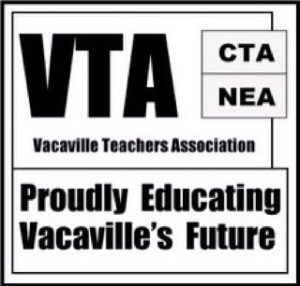CTA Death and Dismemberment (D&D) Plan
The CTA Death and Dismemberment (D&D) Plan is an automatic benefit available to eligible CTA members at no additional cost. If an eligible CTA member dies or suffers a dismemberment (i.e., suffers a loss of limb or other qualifying injury), her/his beneficiary(ies) will receive a lump-sum cash payment.
NEA Complimentary Life Insurance (formerly known as NEA DUES-TAB)
The free NEA Complimentary Life Insurance pays benefits if an eligible NEA/CTA member dies or becomes dismembered.
CTA Voluntary Group Life Insurance Plan
Protect the ones you love by making sure they will have the resources they need to carry on should the unexpected occur.
CTA Voluntary Group Disability Insurance Plan
Voluntary disability insurance provides a benefit when you cannot work because of a covered illness, injury, or pregnancy.
CTA District-Paid Life & Disability Insurance
CTA offers employer-paid Disability and Life Insurance that can cover all of your district’s employees. Offered through Standard Insurance Company, these plans contain a range of features and benefits and can be customized to meet your districts’ needs.
CTA Auto and Home Insurance Program
Your life is about service. At California Casualty, they understand the auto, motorcycle, home and renter’s insurance needs of people in the public service professions.
NEA/CTA Educators Employment Liability (EEL) Insurance
Every CTA member receives coverage for legal defense costs in lawsuits arising out of his or her educational employment activities.
Vision Discount Program for NEA/CTA Retired Members
The VSP Access Plan Discount Program is available to NEA/CTA-Retired members. NEA/CTA-Retired membership identification number must be provided. This valuable program is free for eligible retired members and is provided by the CTA Economic Benefits Trust.
NEA Long-Term Care Program
Long-term care is the help or supervision provided for someone with severe cognitive impairment or the inability to perform the activities of daily living: bathing, dressing, eating, toileting, transferring, and continence. Services may be provided at home or in a facility—and care may be provided by a professional or informal caregiver, such as a friend or family member.




